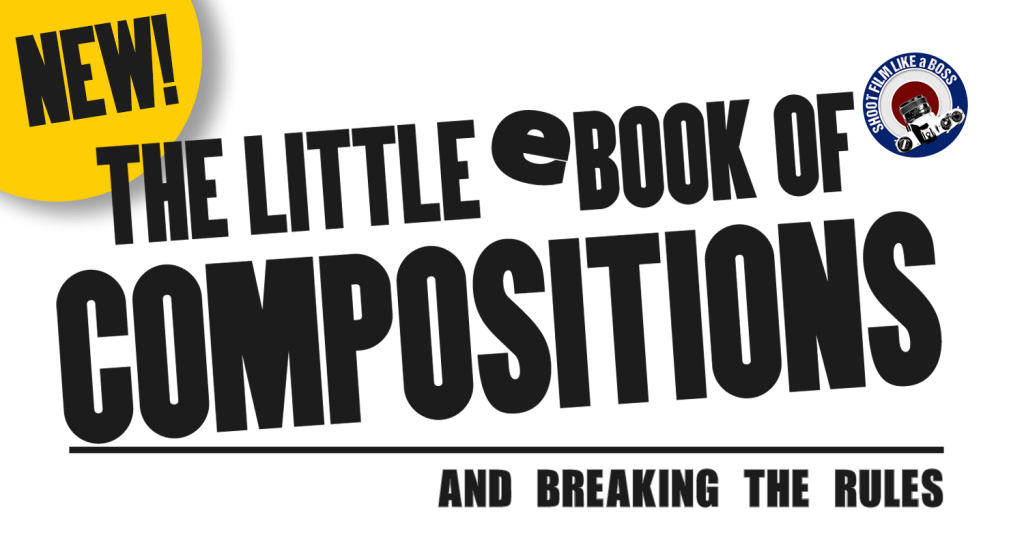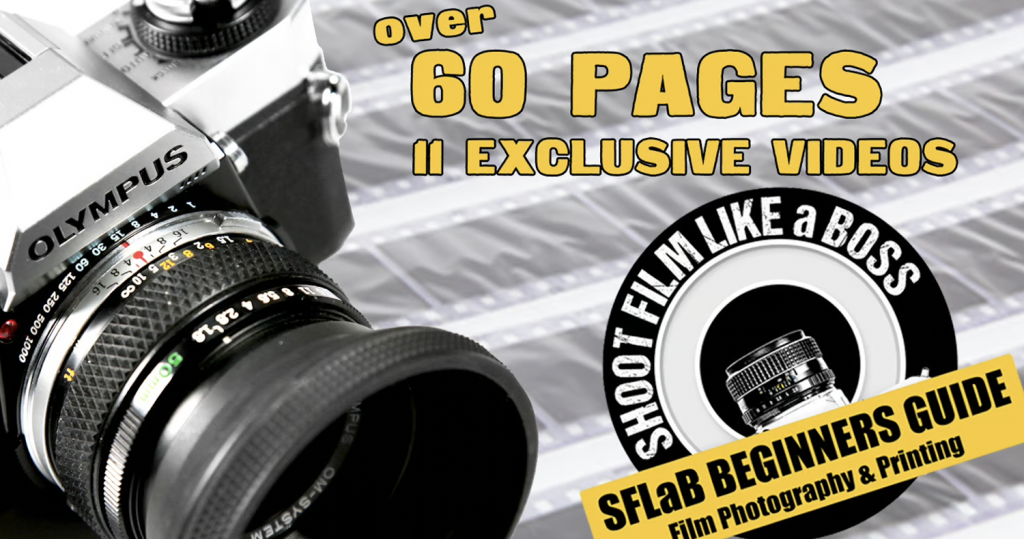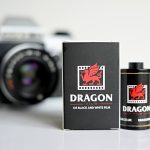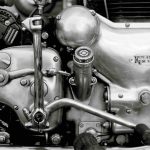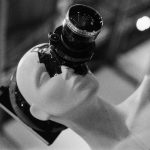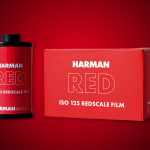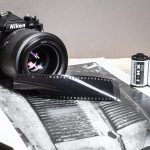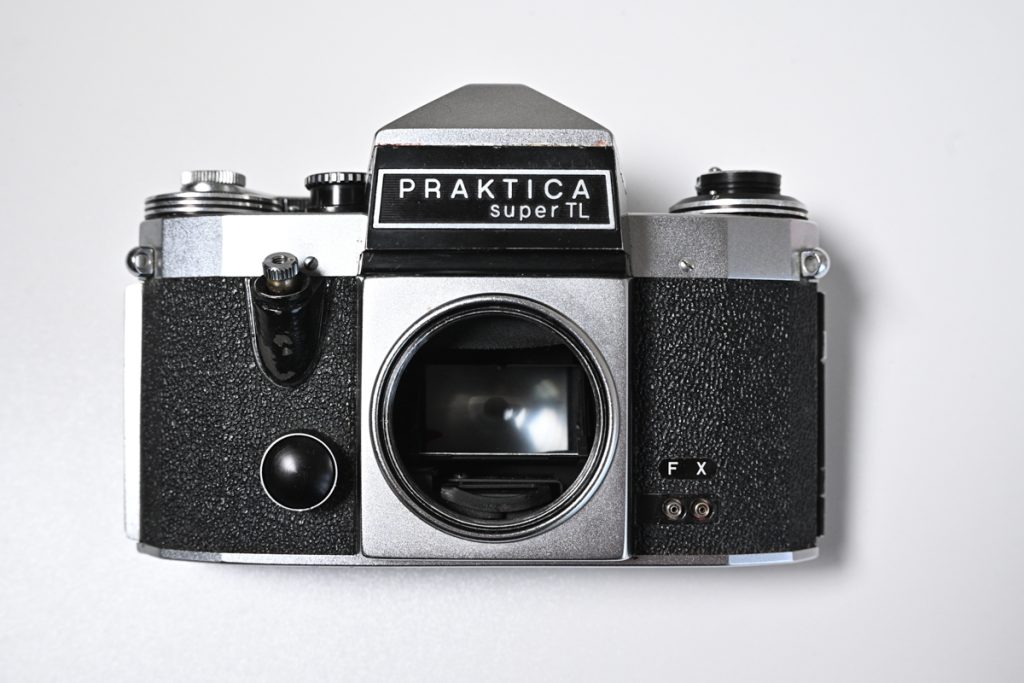
For those who haven’t seen the video yet (seriously, go check it out!), the Praktica Super TL is a 35mm SLR camera produced in East Germany from 1968 to 1976. It’s a sturdy, all-mechanical workhorse known for its reliability and ease of use. My friend Dale gave me this camera a few months back, and I’ve been having a blast shooting with it.
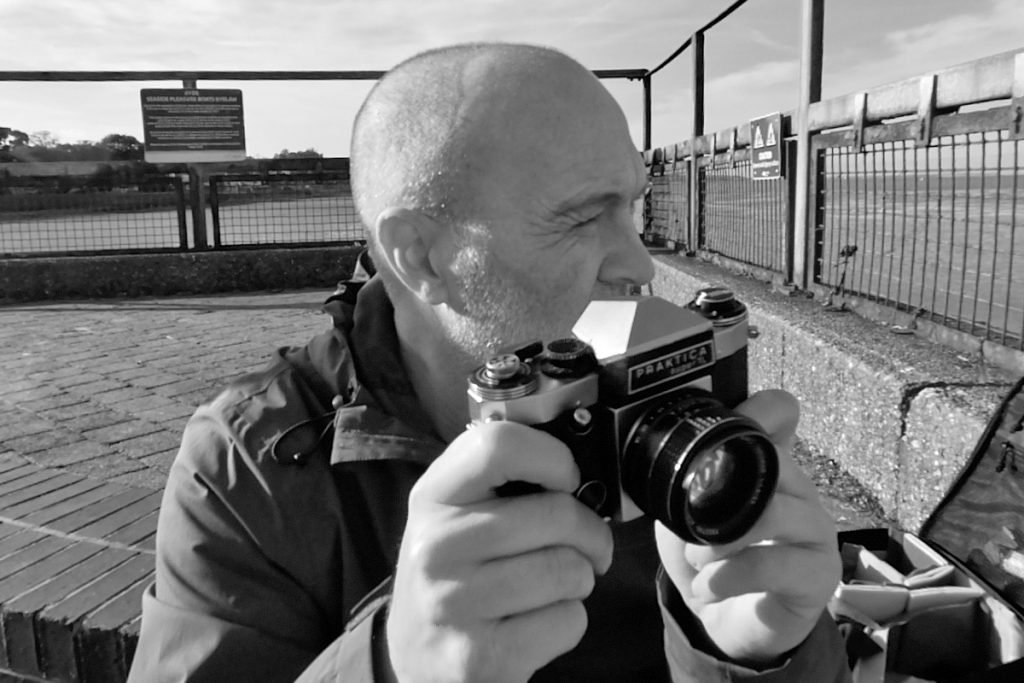
What Makes the Super TL Special?
- Built to Last: This thing is a tank! Seriously, it’s all metal and feels like it could survive a drop or two (though I don’t recommend testing that especially on your foot!). This build quality is typical of cameras from that era, and I found it a big part of the Super TL’s appeal.
- M42 Lens Mount: The Super TL uses the popular M42 screw mount, which means you have a huge selection of vintage lenses to choose from. This opens up a world of creative possibilities for experimenting with different looks and feels and some you can pick up for a very reasonable price!
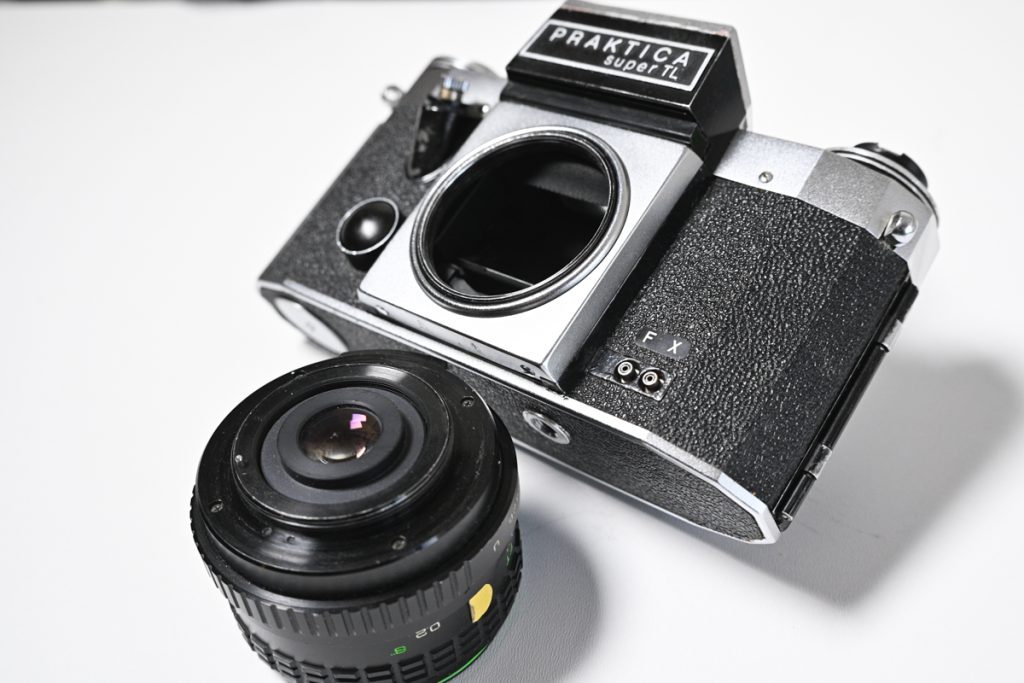
- Simple and Intuitive: One of the things I love about this camera is its simplicity. The controls are straightforward and easy to understand, even for beginners. It’s a great camera to learn the basics of photography on.
- Light Meter: Unlike its predecessor, the Praktica TL, the Super TL has a built-in needle light meter which can measure film speeds from 6ISO to 1600ISO. It was Prakticas first SLR to have an internal light meter. This makes it much easier to get accurate exposures, especially in challenging lighting conditions. For the light meter to work it needs a 1.35v battery and they are available. I was using a standard LR44 (1.5v) and so my light meter was off and I think the difference in voltage caused it.
To set the meter to the film speed there is a film speed selector under the shutter speed dial. You need to align the white dot to the speed of your film by lifting the dial and rotating. The speed dial and ASA dial are then coupled. It is a bit fiddly though!
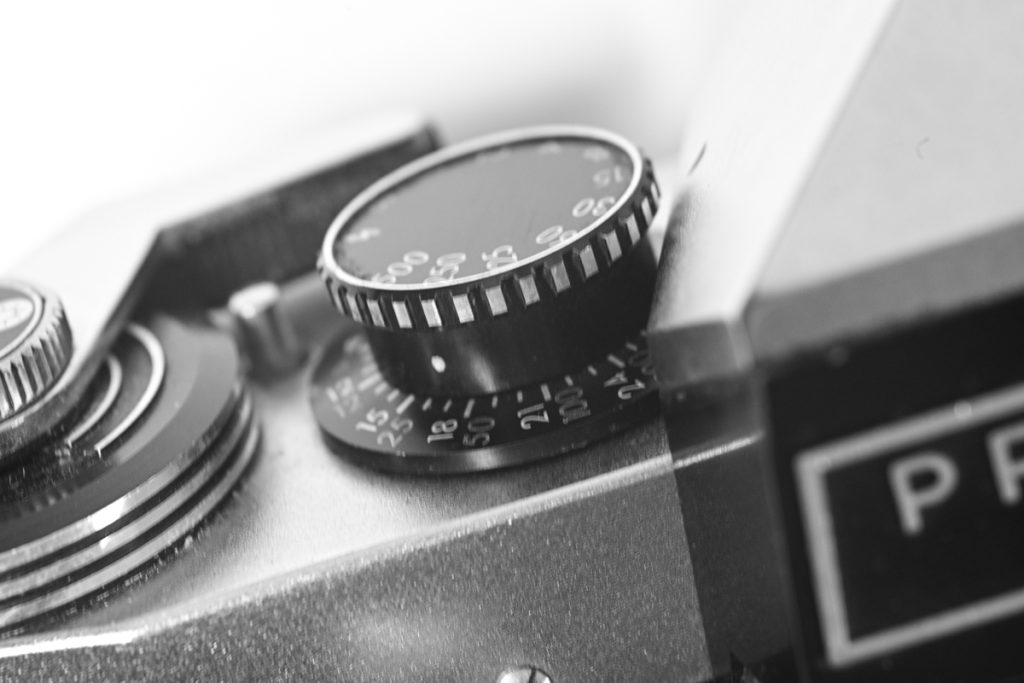
- Shutter Speeds: It offers a good range of shutter speeds, from 1 second to 1/500th of a second, plus Bulb mode for long exposures.This gives you plenty of flexibility to control motion blur and capture different types of shots. Unless you are shooting fast sports action you’re not going to miss the 1/1000 speed offered with many other SLR cameras of that era.
- Features: It’s not packed with features. Other than the light meter it has two flash sync ports (F&X), it has a DOF preview button. Oh, and a pretty little film indicator on the film advance lever.
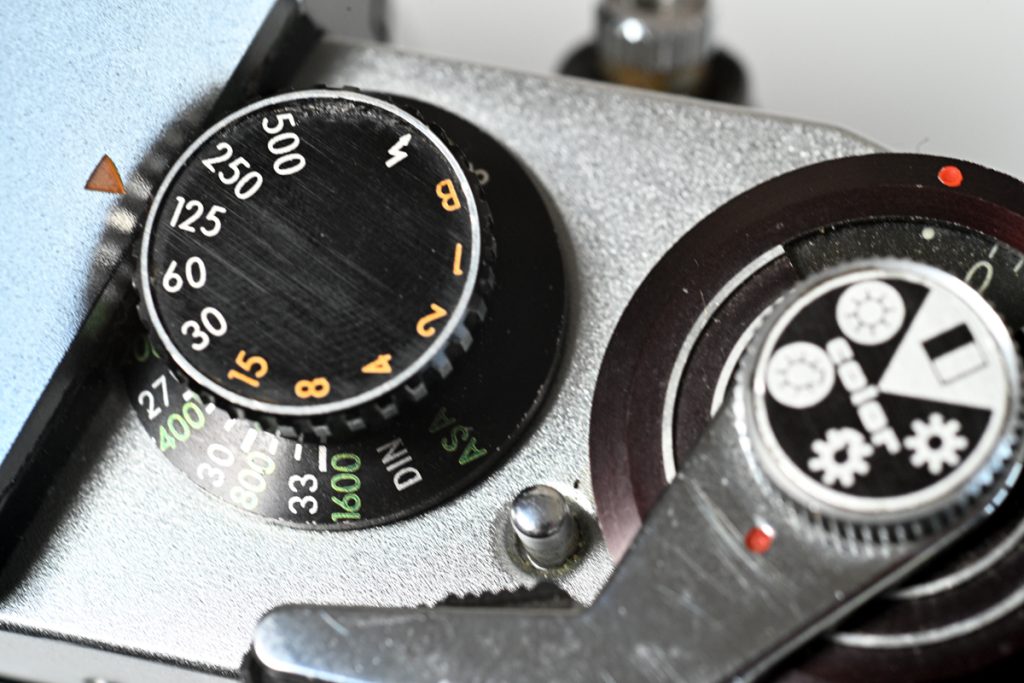
- Focusing: The viewfinder on the Super TL is surprisingly bright, which makes it easy to see what you’re focusing on. This is especially helpful in low-light conditions.
- Micro prism Focusing Aid: In the centre of the viewfinder, you’ll find a Micro prism ring. This helps you achieve precise focus. When the image is out of focus, the micro prism will make the subject appear broken. As you turn the focus ring on the lens, the image will snap into clarity within the micro prism. If your eyes are good! I always have a struggle with these. I prefer a split prism but it’s fine. It just takes me a bit more time to focus in.
- Ground Glass Focusing: Surrounding the micro prism is a ground glass focusing screen. This gives you a good overall view of the scene and helps you judge composition and depth of field. And as I said earlier there is a DOF preview button. You can see it in the image below. The big black one! It also powers the light meter needle inside the viewfinder. You can also use the exposure fire button as a DOF preview if you press it halfway down. Be careful though… It’s a bit delicate and with the cost of film these days you don’t wan to be taking photos of your feet!
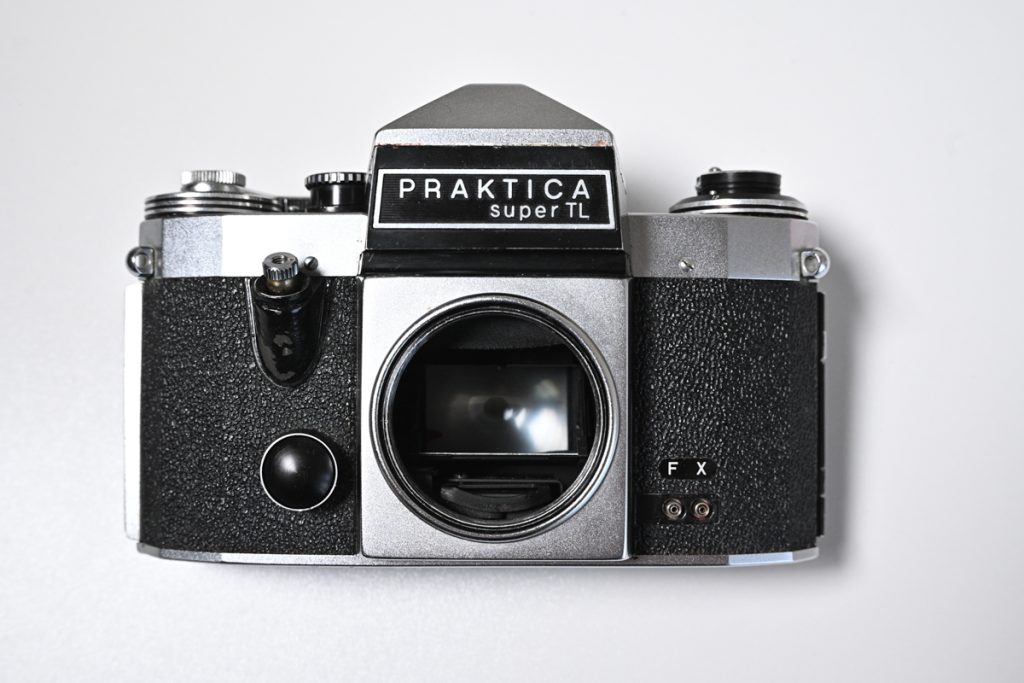
While the Praktica Super TL might not win any awards for ergonomics by today’s standards, it’s still a comfortable camera to use. Somewhat!
- Solid Build: That sturdy, all-metal construction I keep mentioning? It doesn’t just make the camera durable; it also gives it a nice heft and a sense of quality in your hands.
- Compact Size: The Super TL is relatively compact and lightweight for an SLR, making it easy to carry around. It’s not going to weigh you down on a day of shooting.
- Simple Controls: The controls are logically laid out and easy to reach, so you can adjust settings without taking your eye away from the viewfinder. Apart from the fiddly ISO dial!
- Smooth Operation: The film advance lever is smooth and easy to operate, and the shutter release button has a nice, responsive feel. Unfortunately my advance lever appears to not want to go back into position after advancing the film. I think there is an issue here as the film counter window doesn’t work! But thats no problem. I can still take great photos with the camera.
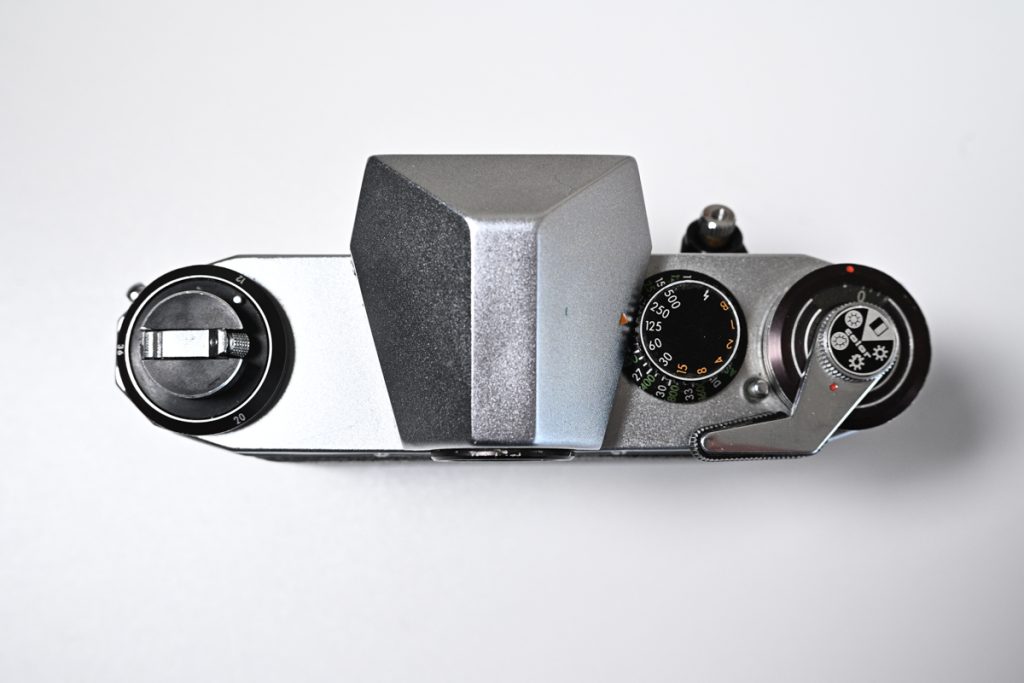
Who used it?
I can’t imagine this camera was a choice for professional photographers back in the 60’s and 70’s. There were other cameras that took the leading role with the Nikon F and the Pentax Spotmatic. I would imagine the camera was used by enthusiasts who wanted to get into photography on a more friendly budget. Saying that, there is no reason this camera couldn’t have been used professionally with the wide range of superb M42 fit lenses, especially from Pentax, which would have been compatible with this camera. It just didn’t offer the accessories like Nikon did. Changeable prisms, motor wind unit and of course, those wonderful Nikon lenses! I did ask this in the video if anyone used it professionally back in the day so if you want to know jump over to the comments section on YouTube.
My Thoughts!
I’m a sucker for cameras. I love all my cameras and each of them I use fundamentally. But, would I use this camera for a commissioned portrait shoot? I doubt it. I have much better lenses for other camera brands but for street photography I think it is ideal if you are looking for a camera that just works. (Except my dodgy film counter). And for the price of these cameras (I saw one claiming to be fully working for £12) they would be ideal for someone getting into film photography, especially with the M42 Lenses being so widely available and plentiful too. These camera styles where the exposure button is on the front instead of the top plate I find to be a bit uncomfortable, but thats because I am used to it. After a day or two shooting the Super TL I got used to the camera in the hands. I did find the big black button was in way of my grip as I kept pressing it. I did use the camera for a portrait of Emma using a TT Artisan 75mm f1.5 Lens (top), a Chinon 135 f2.8 lens (middle) and a Hanimex 28mm f2.8 lens (Bottom).
Film – Ilford FP4. Developer – 510 PYRO.
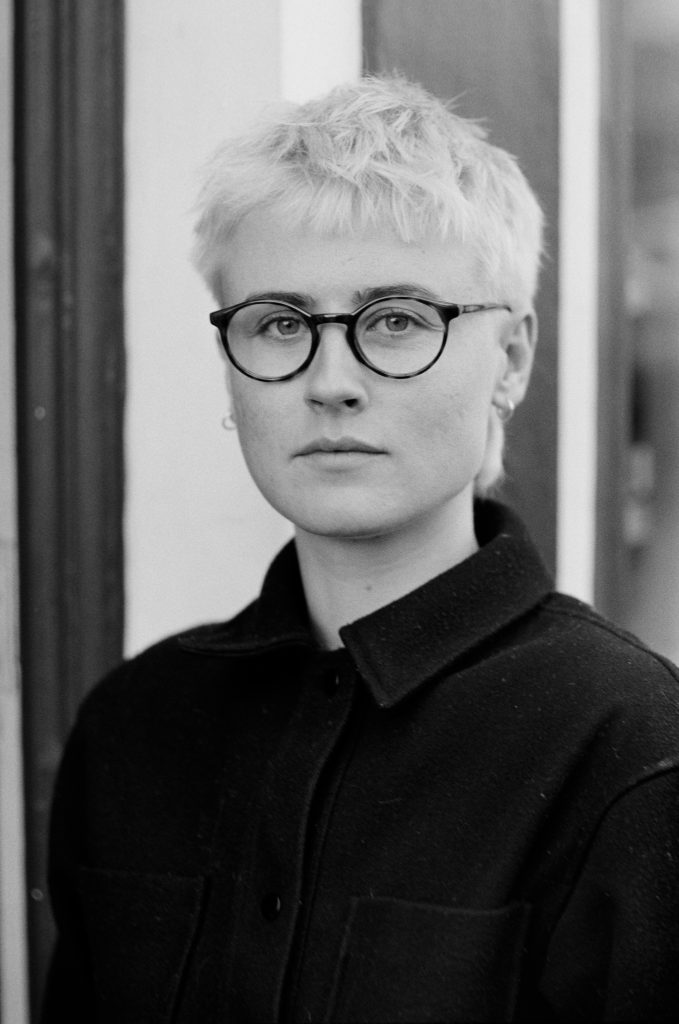
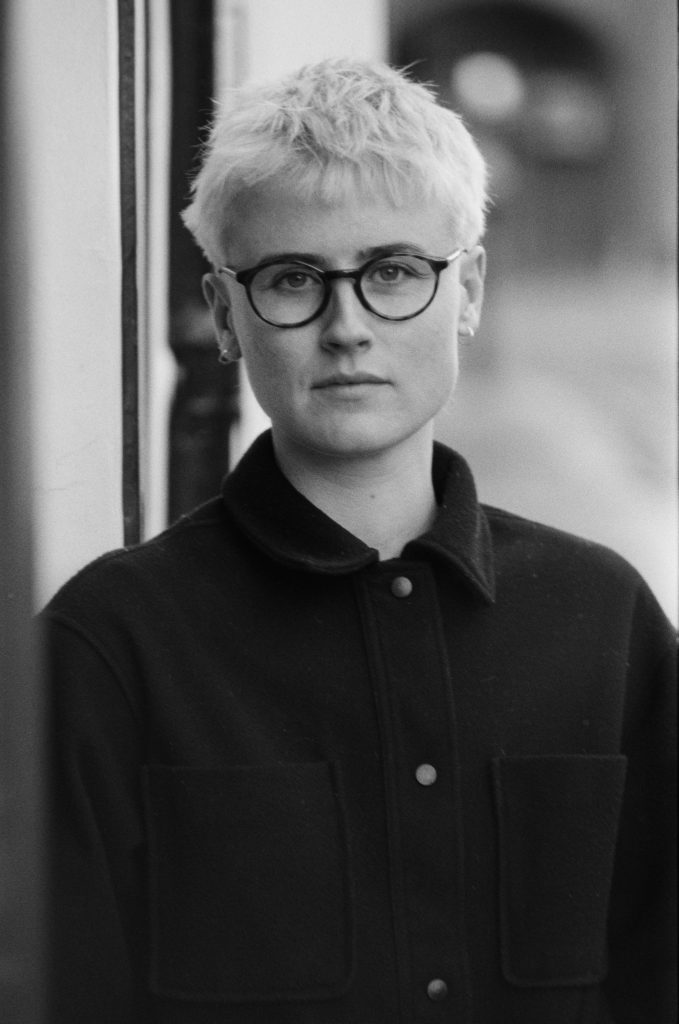
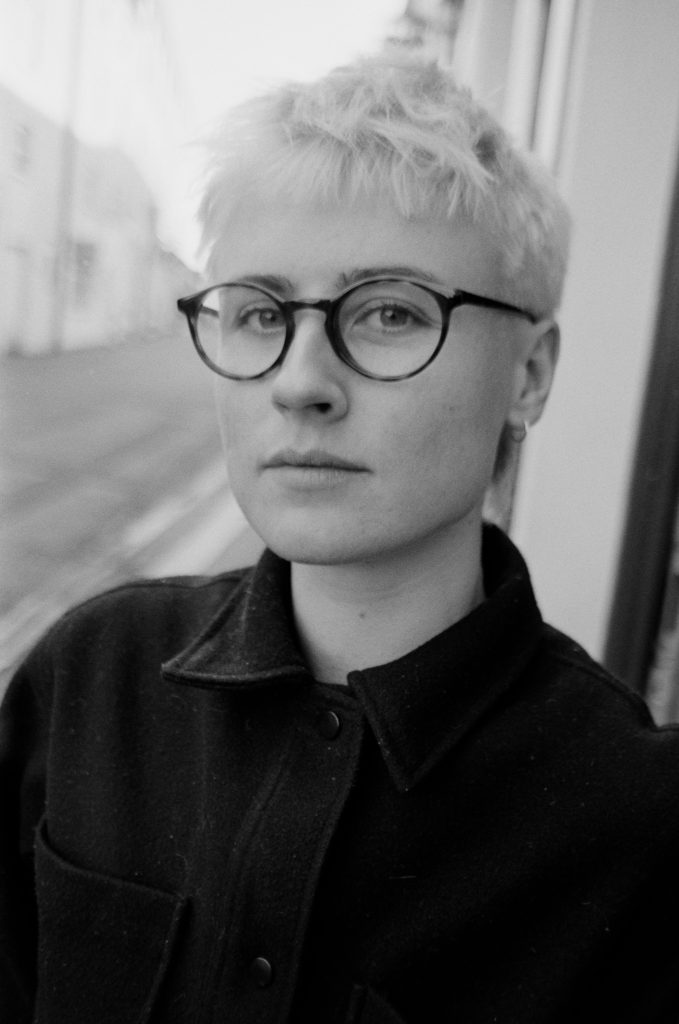
We all know it’s not the camera, it’s the lens but the camera does need to be comfortable in the hands.
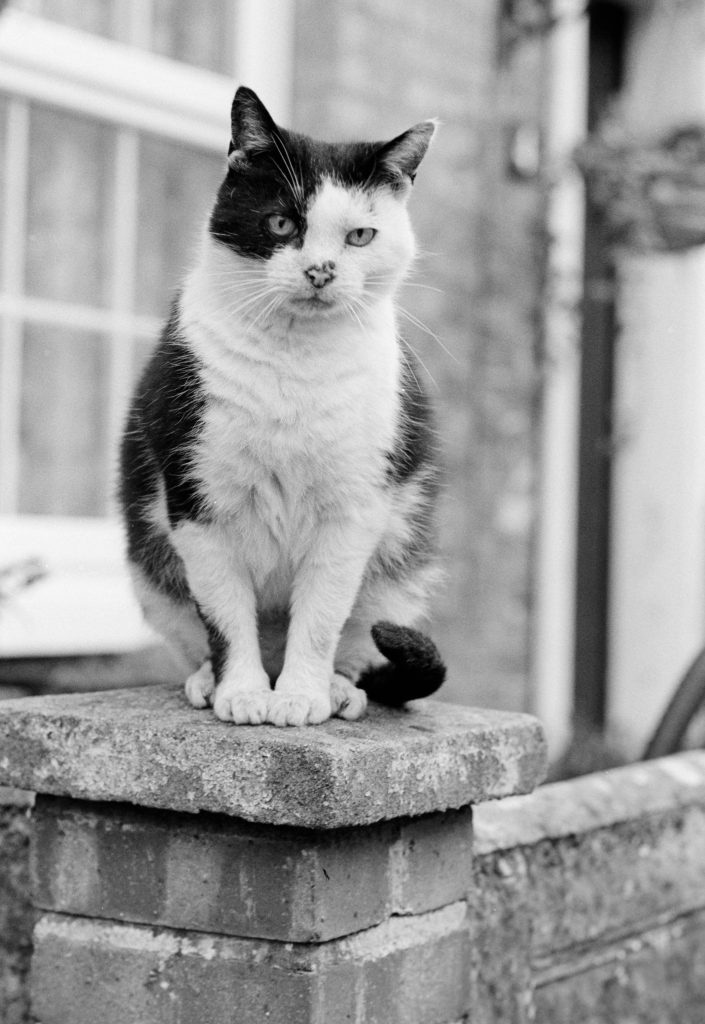
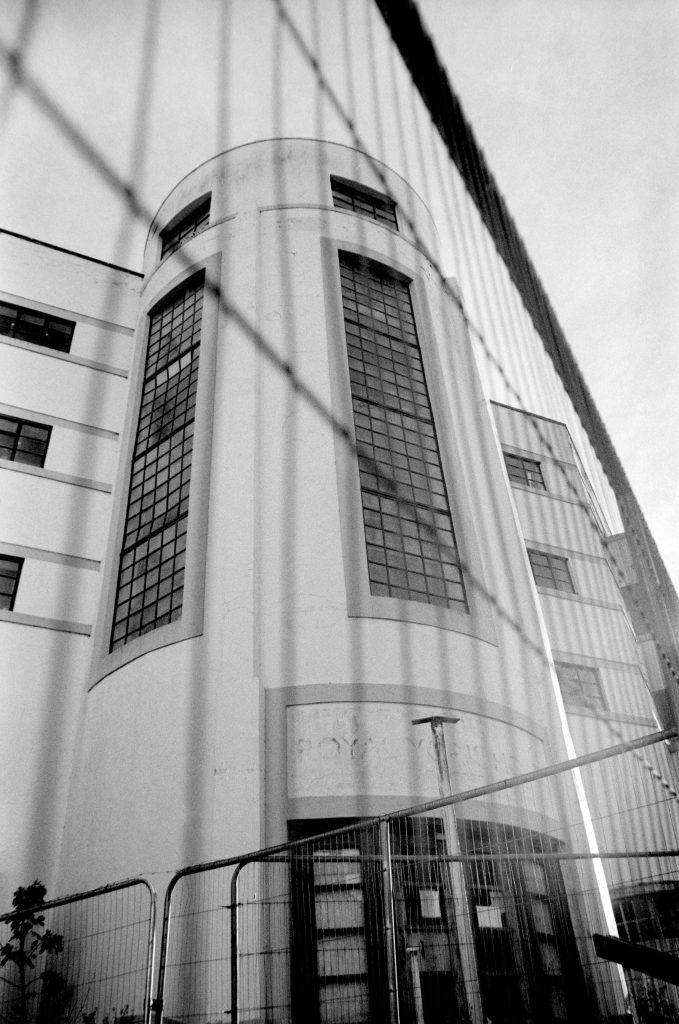
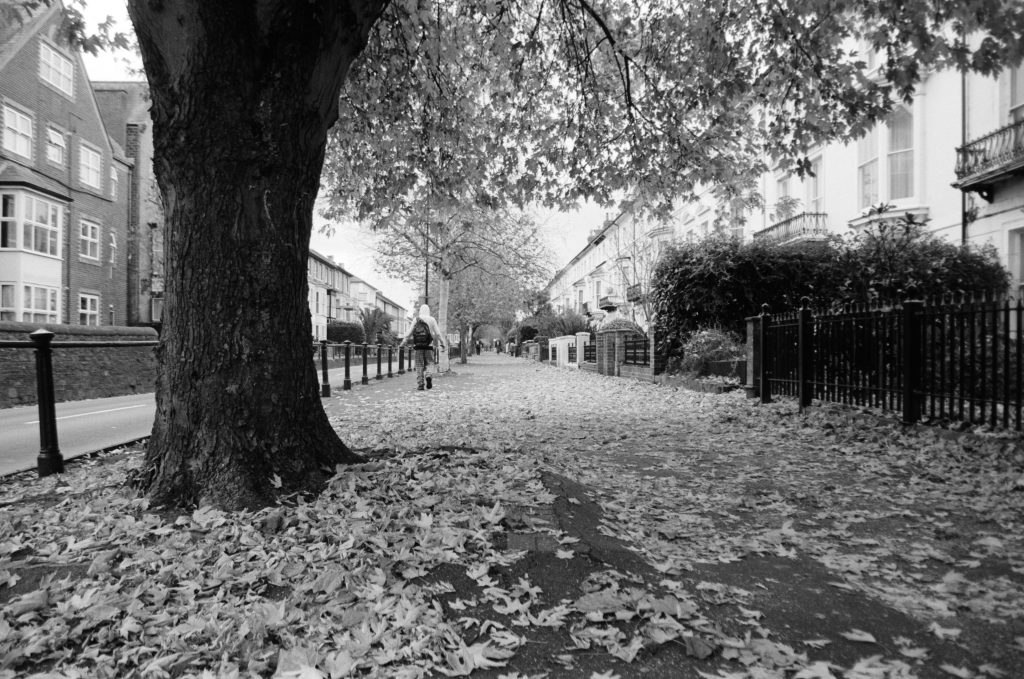
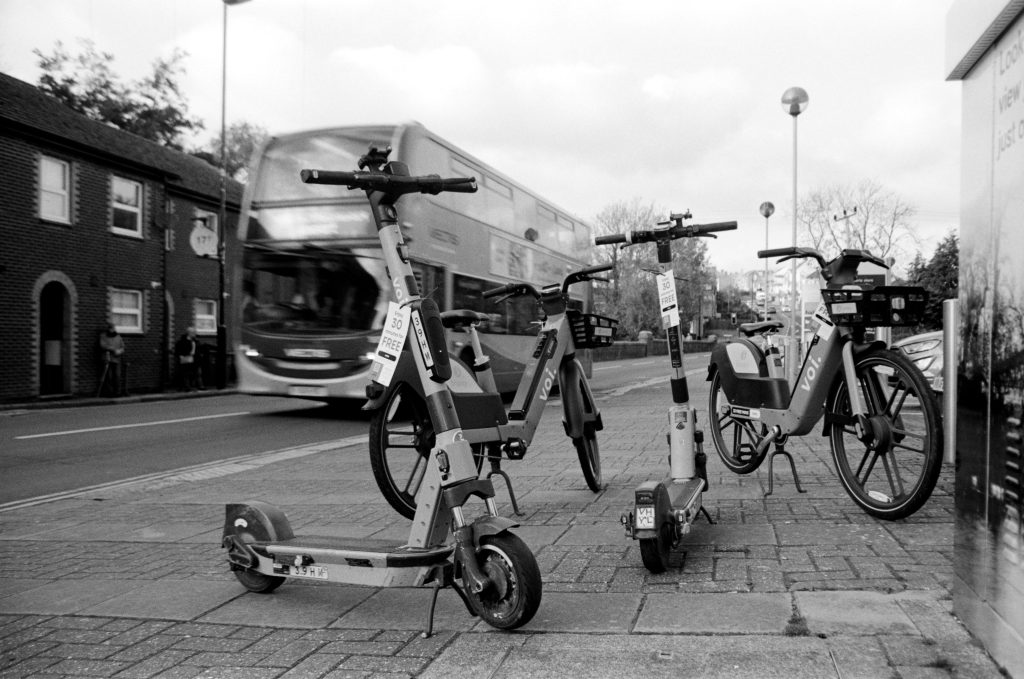
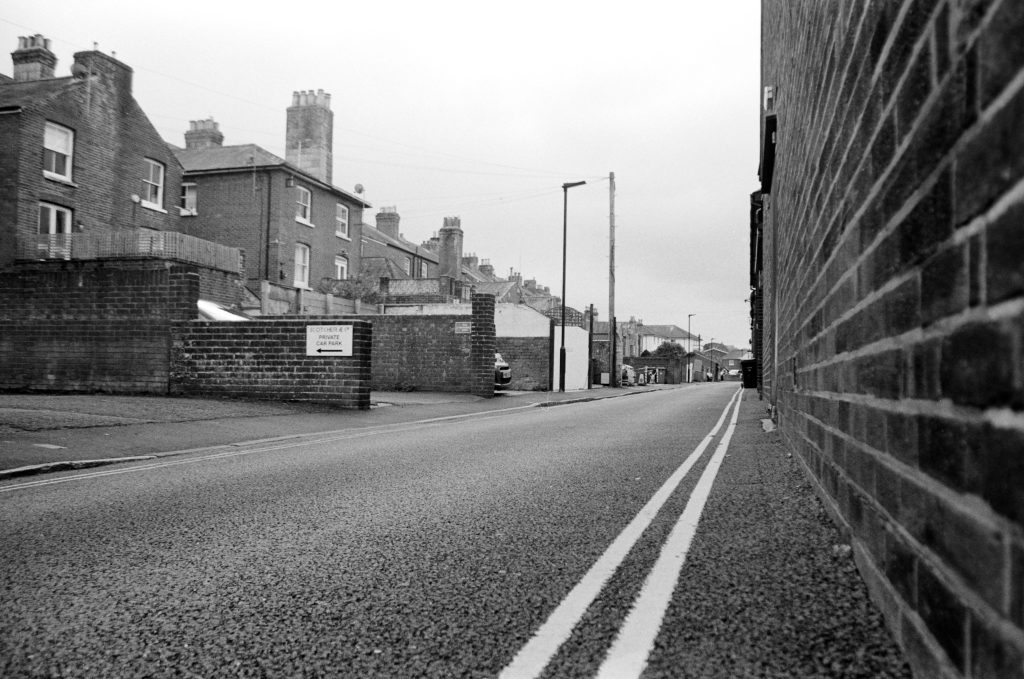
So, thats my view on the Praktica Super TL.
Thanks for reading!
